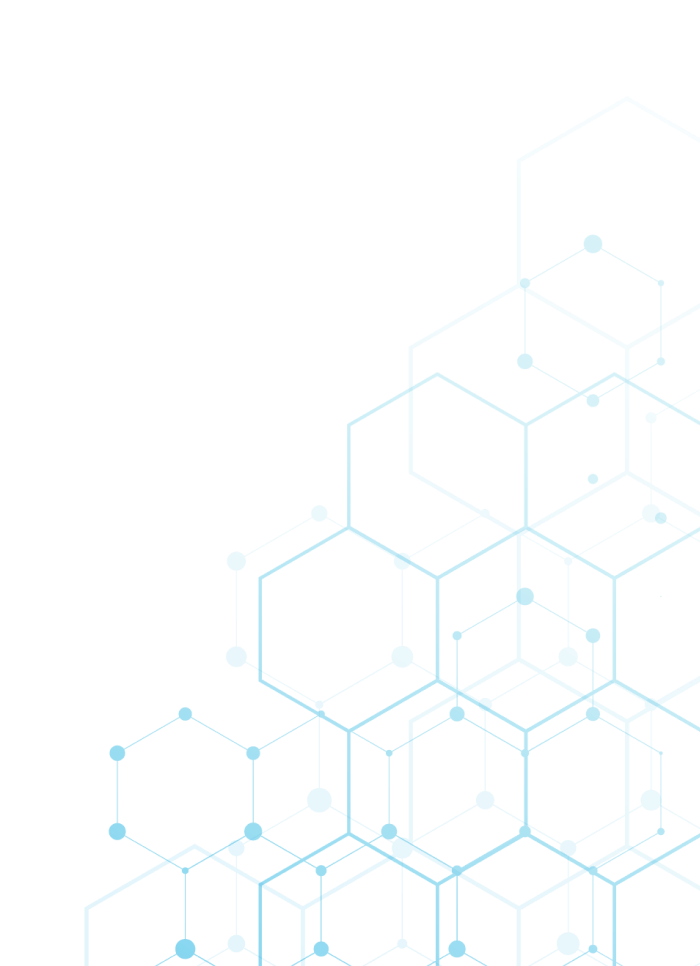With over two decades of global service to a diverse clientele, Tradeasia has forged a seamless supply chain for a vast array of chemicals and industrial raw materials, providing customized solutions to Sri Lankan industries. Recognizing that each client has unique requirements, we act as a supply chain partner, tailoring solutions to meet their specific needs. Our proven leadership, cultivated through serving a diverse global clientele, ensures we navigate the complexities of global supply chains with ease.

We take pride in innovating tailored solutions for the unique demands of modern industries. Our approach is anchored in three pillars: seamless onboarding, guaranteed quality, and customized delivery.